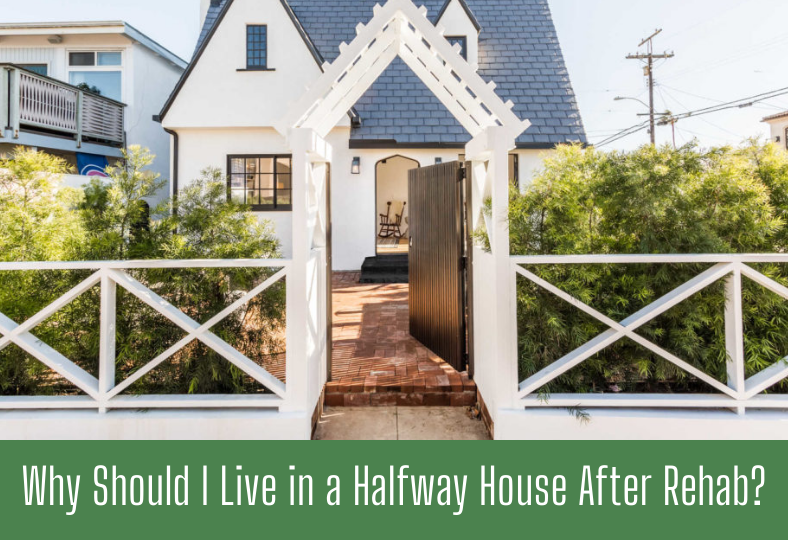You have a better chance of sobriety if you spend more time in treatment and continue to receive therapy. After treatment, one way to achieve this is to find a halfway house to live in immediately. Many people are hesitant about staying in a halfway house. This could be because they have preconceived notions which can be debunked or there are other concerns about recovery. Trust us when we say that there are many things that you will not miss when you enter recovery and transition to living in a halfway house. These are 10 reasons why you should live in a halfway house after rehabilitation.
It Was Recommended For You
Fellowship, one addict helping another, is the ultimate premise of 12 step fellowships. The group offers suggestions based on personal experiences and the insight of those who have come before, including advice on how to deal with a drug addicted family member. There is a consensus among those who have gone through recovery that it is a good idea to live in a halfway home after treatment.

It Could Save Your Life
Studies show that those who live in halfway houses and continue to receive treatment after rehabilitation have a better chance of staying there for the long-term. Halfway houses also have significantly higher rates of continued aftercare participation.
It Promotes Responsibility
For those who have recently left an inpatient program, sober halfway houses provide more freedom and structure while also providing support. This is better than “going back to normal life” without any support. Of course, halfway houses adhere to certain guidelines which include mandatory weekly meetings, nightly curfews, and random drug screenings.

It Provides Extra Support
Peer support is an extremely valuable feature of a sober living community like a halfway house. You are not alone in your quest for lasting sobriety because you will be around people that are looking for the very same thing. Peer support can be beneficial in that you can hold each other accountable and have extra support in meetings.

It is the First Step to Eventually Living On Your Own
The great thing about living in a halfway house is that you don’t need to pay your bills or bring up the money for the first and last month’s rent! It provides a safe environment in which you can start to build your financial health. Many halfway houses accept insurance, which can help you pay your rent and guide you back into the workforce. A halfway house is the best choice to help you integrate back into society in a safe way and at your own pace.
There Are Options For Additional Treatment
Halfway houses may offer different levels of drug treatment. Many of the more supportive and accredited halfway houses provide continued treatment, in addition to the requirements to attend 12 step meetings. Most of the time, meetings are held at halfway houses at scheduled times and nights. Other aftercare programs offered by some halfway houses include social-education courses and more.

It is a Safe Environment
There are rules and regulations that halfway houses must follow, especially that you cannot use any substances during your stay. Random drug testing enforces this rule. If someone refuses to make a full recovery plan and continues using, they will be kicked out. This creates a safer environment for you than if you were to go on your own after you have finished treatment since you could be exposed to roommates who use drugs or alcohol.
It is Perfect For Those With No Support System Back Home
Sometimes, those seeking treatment may need to travel far from their home in order to attend drug rehab. It is recommended that those who travel far from their hometowns live temporarily in a halfway house to help establish a sober network in more than one place. However, it is still very important for those who choose to go to a local rehab facility to live in a halfway house afterwards.
It is the Perfect Next Step If You Are Afraid to Leave Treatment
The feeling of apathy and dependence while in an inpatient rehab facility is referred to as being “institutionalized”. The idea of leaving rehab can be daunting for some people because they don’t know how to cope with the outside world without alcohol and drugs. A halfway house can provide a safety net as well as a plan for starting a new life completely sober.

They Prepare Those With a History of Relapse Live Sober
You shouldn’t rush to return home if you have had a history of relapse. Recovery continues after you are out of rehab and reintegrated into the community. You learn better coping strategies in treatment; halfway house living allows you to put these skills to good use while you have the peer support, accountability, and structure to make it happen.






